Thousands of people have fled Ethiopia’s Somali region following deadly clashes in recent days between ethnic Somalis and Oromos. The BBC’s Kalkidan Yibeltal looks at the cause of the conflict and whether it can be stopped.
Dozens of people are reported to have died in clashes across Ethiopia’s Oromia and Somali regions in recent days.
According to Adisu Arega, Oromia government’s spokesperson, 18 people have been killed.
Twelve of those victims are ethnic Somalis, Mr Adisu told the BBC.
The figures are however disputed by the Somali regional government, which says that more than 30 ethnic Somalis have been killed in the Oromia town of Awaday.
The clashes have displaced at least 30,000 people, some of whom have taken refuge in makeshift camps at a stadium in the eastern city of Harar, whilst others are camping at police stations.
Local administrators have now asked aid agencies operating in the area to provide humanitarian assistance.
How serious is the trouble?
Following intense anti-government protests that plagued the Horn of Africa country during most of 2016, the government imposed a 10-month state of emergency, which was lifted in July.
While this heightened state of alert calmed most of the restive areas in the Oromia region, it did not stop cross-border clashes in the Oromia and Somali areas.
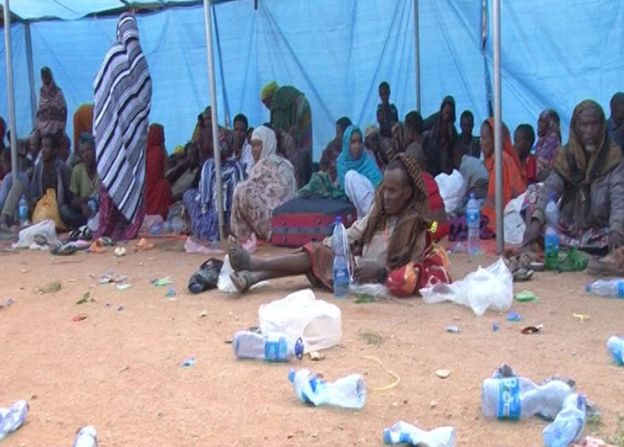
In February and March, hundreds were reported to have been killed in the southern Oromia district of Negele Borena after an incursion by a paramilitary force called the Liyu Police, which is backed by the Somali region.
Ethnic Oromos allege that the Liyu Police, which has previously been accused by rights groups of human rights violations, of being behind the current attacks.
The Somali regional government has however rejected the allegations and charged that senior officials in the Oromia government were sympathisers of the Oromo Liberation Front, which is categorised as a terrorist organisation by the Ethiopian government.
While conflicts have been common between the two bordering communities, the public finger-pointing by top regional officials is unprecedented and could exacerbate the current conflict.
“We don’t believe this is expected from a responsible senior government official,” Communication Minister Negeri Lencho told the BBC.
Ethiopia’s political arrangement – federalism structured along ethno-linguistic lines – dictates that ethnic borders are also usually political ones.
Critics argue that this structure is a tinder box that allows minor conflicts to escalate.
What is behind the conflict?
Oromia and Somali are, respectively, the two largest regions in the country by area size, sharing a border of more than 1,400 km (870 miles).
While Somalis are mostly pastoralists, living from their animals, Oromos tend to be farmers, as well as pastoralists.
Both communities inhabit the areas around the regional border.








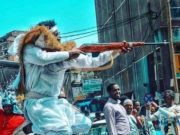
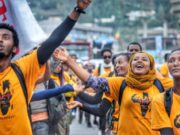
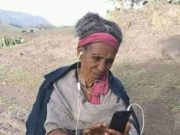



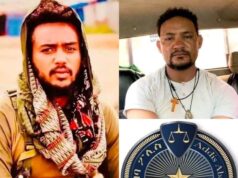
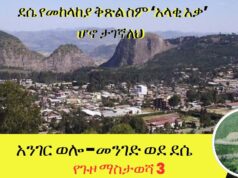
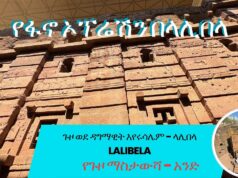









For those who never had to live within a region where inter ethnic deadly conflicts had happened, this may be a little difficult to understand. Those of us who happened to be born and live at least our formative years like me know and understand very well about such violence just because we had seen and experienced through it all. It was happening since there were Oromos, Afars and Issas living in close encounters. It was happening during the Emperor’s times and he did not create it. It happened during the demonic Mengistu’s time and he rather ignored it altogether. I had heard that one of the members of the Derg was successful in organizing a meeting for truce between the warring Afar and Issa tribes at the town of Chiro in the mid 1970’s. That Derg member was later eaten up by that cannibal Mengistu. So the problem has been there for ages. But the shift in geopolitical landscape that took place during the last 150 years seemed to have perpetuated it. I will leave the details to those countrymen experts in the science of history but I will talk from experience. Those who grew up around the old railway lines between Dire Dawa and Awash remember who used to be in their majority at every railway station in the 1950’s and early 1960’s. I had my early elementary education up to the 3rd grade at a makeshift school at one of those stations. That school was later shut down due to lack of sizable number of students. But I remember going to a one elementary school at the next railway station for reasons I still don’t know. May be it was their style of a jamboree we know here. I still remember vividly the student ethnic background from the railway station of Afdem(Aware). They were members of the Afar tribe in their majority. I have heard that some of those Afar students from that town are now very successful business men and statesmen in the neighboring Djibouti. We competed in various athletic games including soccer. I remember how our tiny school was having trouble finding enough students to compete in the soccer game. And when did participate, it was a ‘massacre’. Just picture the 1986 Chicago Bears or Brett Favre’s Cheese Heads or Tom Brady’s Patriots playing an elementary school football team. Just like that. Now I am told that Afdem is in the Somali jurisdiction. Every Afar resident has been driven out by force after the 1960’s. Now I know and understand that demographics are made to change over time but to see one in my lifetime was a jaw dropping event for me. Drought is just another fuel but not the real reason behind it all. For many cattle rustlers it is an extremely lucrative business. That has been the case since the establishment of outposts by the British at Berbera and the French at Djibouti. That has been an on-going factor for the unabated deadly rustling. One of my friends who is a member of a Mamasan Issa clan once told me that a cow or a bull that was rustled away from the vicinity of Asabot today can be found on the butcher’s chopping block in Djibouti in just a week. Or even in Aden, Sanaa and Hodeidah in less than a month. And that friend knows what he is talking about very, very well. This includes sheep and goats. One other fueling factor is the population explosion in all these ethnic groups. They have been multiplying irresponsibly for decades now with no means of making a living for their children. So children will continue to march on the same tracks established by their hatchers. They are not rustling with spears any more. They are not rustling with bolt action rifles in their hands any more. They are armed to the teeth with AK-47’s and from what I am reading now they even have RPG’s in their arsenal. These rustlers have grown with a culture that sees settled way of farmer’s lives in contempt. That is why I don’t believe disarming the offenders is the only solution but just a part of it. Unless the out of control population is dealt with a kibosh and that may not be possible without societal transformation, this violence is going to grow by leaps and bounds. We know hear victims in their ten’s but sooner if not later we should prepare ourselves to hear the number of victims reaching in their ten’s and hundreds of thousands. The area where the violence takes place could spread like a wild fire covering areas which we may think now it will be impossible or will never get there. Sooner or later external demons like the Wahhabis may come in with their deep pockets to establish an outpost that they have been dreaming for centuries. Others from a well known next door may also intensify their fanning of such divisive violence. Again this violence is not something that has just been created. Even the current ethnic regional administrative arrangement is not the one that made it up. Such conflicts used to be confined out at remote locations far away from major populated towns but now it is slowly engulfing them. Today, it may be Mulu, Miueso, Butuji, Arbaa, Awaday or Chinakson. Tomorrow it will be Deder, Chiro, Hirna, Doba, Wachoo, Beddesaa, Mechara, Gelemso, Boke Tiko. Awash, Adama, Dire Dawa, Harar and even Addis(Finfine) may be in the cross hairs of similar mayhem soon or later. You mark my word for it. My daily prayer is for me not live to see that day on this good earth. I never felt hopeless and helpless in my entire life such as now on hearing this senseless violence. Thanks to the corrupt system that has been ravaging the society since the 1970’s, the power and pragmatism of traditional elders seems to have been successfully washed away. They had been called reactionaries and butchered by the demonic Mengistu and they have been forced to wither away by the strong hand policies of the current regime also. Some of you who read this comment may find me to be hopeless or a doomsday monger. But I am not totally hapless. I am still finding a refuge in the capabilities of The Almighty Our Creator. He Has His Own Mysterious Way To Bring Peace Among Warring Factions!!! That is why I am praying. I am praying for the level heads to somehow prevail. Those of you who are steadfast believers in the power of prayers with clean heart, please join me every day in my prayers. Let’s join hands and pray to The Almighty!!! That country is sitting on a 100 million powder keg. As I have been all along that all it needs is for someone to make the wrong move. Cattle rustling and bloodletting that comes with it can be a perfect flint to spark a raging inferno. And that is and will not be funny. Not funny at all!!!!